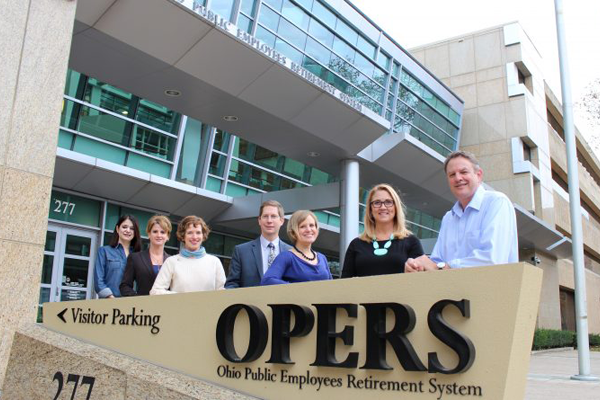
Excerpt from PERSpective
Faced with declining market expectations, the Ohio Public Employees Retirement System Board of Trustees has lowered the pension system’s investment return assumptions for both the Defined Benefit Fund and Health Care Fund.
Beginning with the 2018 calendar year, the assumed actuarial rate of return will be 7.2 percent for the Defined Benefit fund and 6.0 percent for the Health Care Fund. The current rates are 7.5 for the Defined Benefit Fund and 6.5 percent for the Health Care Fund.
The expected rate of return for the defined benefit plan is a key actuarial assumption that influences the way OPERS calculates its liabilities. The move is expected to lower our funding level and increase the time in which we can pay off liabilities.
Lowering the actuarial rate of return could affect benefits for retirees and working members, so OPERS does not take this step lightly. Determining what steps to make after changing the rate will be a challenging decision.
This action reflects worsening expectations in the capital markets since OPERS’ last five-year experience study in 2016, which prompted the Board to reduce the assumed rate of return for the Defined Benefit Fund from 8.0 percent to 7.5 percent. Investment consultants have told us to expect to earn half a percent less annually on our investments than they forecasted during the experience study.
Further, the present value of OPERS’ future benefit payments to current retirees stands at $117 billion, and more than 60 percent of that liability is due to be paid within the next 15 years. While it’s true that we are long-term investors, market returns over the next 10-to-15 years are very important to our plan.
The rate of return adjustment is part of OPERS’ continuing effort to keep the pension plan healthy and sustainable. It determines how much money we need to have on hand now to pay future obligations.
Many institutional investors have been lowering their earnings expectations. The median investment return assumption used by 129 public pension plans surveyed by the National Association of State Retirement Administrators was an all-time low 7.45 percent in July.

